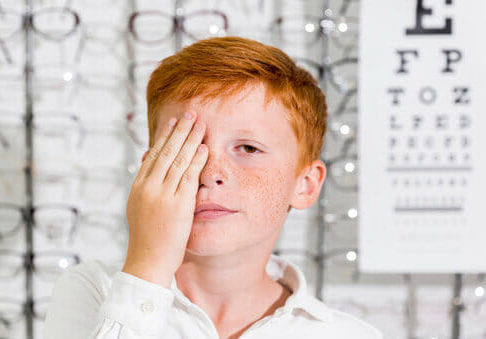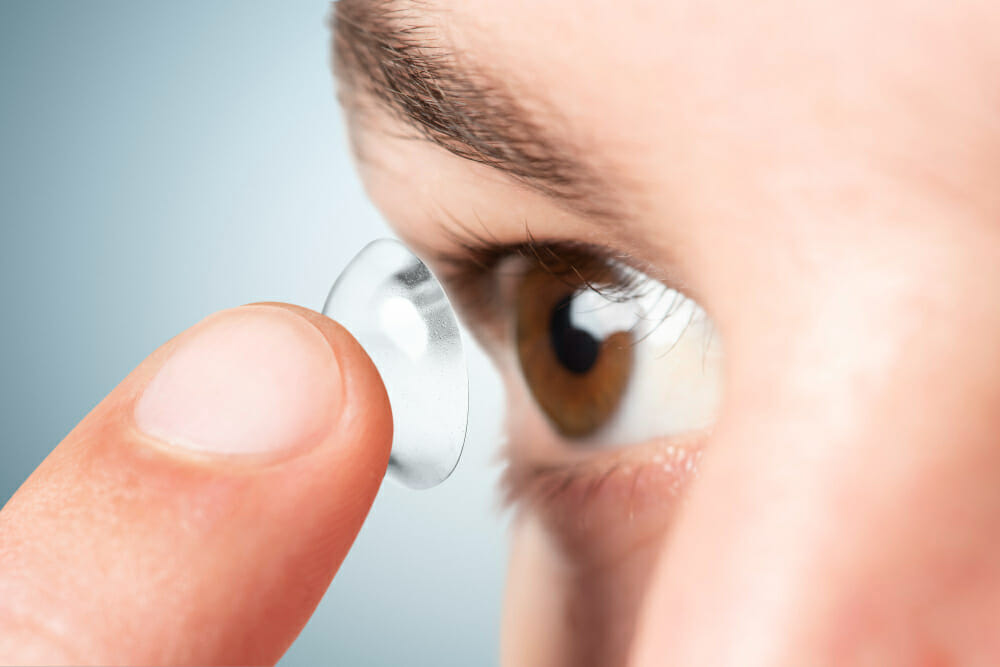Athletes with keratoconus may face challenges in participating in sports, as their vision may be impaired. However, with proper management and the right protective eyewear, individuals with keratoconus can continue to play sports and lead active lifestyles.
According to the National Eye Institute, it is estimated that keratoconus affects approximately 1 in every 2,000 people in the United States.
Keratoconus is a progressive eye condition in which the normally round cornea becomes thin
and cone-shaped. This can cause distorted vision and may require the use of special contact lenses or glasses to correct it. Keratoconus is more common in individuals with certain genetic and environmental risk factors, such as a family history of the condition and prolonged exposure to ultraviolet (UV) light.
Tips for playing sports with keratoconus
Here are some tips for athletes with keratoconus:
Wear protective eyewear
It is important for all athletes, but especially those with keratoconus, to wear appropriate protective eyewear during sports activities. If you are using specialty contact lenses such as RGP or scleral lenses, make sure to wear protective goggles during contact sports to prevent eye injuries. This can help prevent eye injuries and further vision loss.
Use specialized contact lenses
If you have keratoconus, you may need to use specialized contact lenses to correct your vision. One of the best options for athletes is scleral lenses. These are custom designed hard contact lenses that vault over your eye creating a new optical surface, which leads to a dramatic improvement in vision for athletes with keratoconus. In addition to the improved vision, these medically necessary contact lenses have a distinct advantage for athletes. Due to their extremely large design they don’t move around or fall out during sports, which makes them a great option for athletes. It is important to discuss your options with our eye doctor and find the best solution for your needs.
Have regular eye exams
It is important for athletes with keratoconus to have regular eye exams to monitor the progression of the condition and ensure that their vision correction is up to date.
Communicate with your coach and teammates
It is important to let your coach and teammates know about your keratoconus and any limitations it may cause. This can help ensure that accommodations are made and that you are able to safely participate in sports activities.
Do any famous athletes have keratoconus?
There are many professional and amateur athletes that have adapted to living and thriving with keratoconus.
Defensive tackle Brandon Williams received FDA approved corneal crosslinking in 2018 and played for the Baltimore Ravens until 2021 before moving to the Kansas City Chiefs. Even with Keratoconus he shined on the field, signing a $54 million dollar 5 year contract with the Ravens in 2017.
NBA star Steph Curry is considered one of the all time best basketball stars in the NBA. Among his many achievements, he is an eight-time NBA All-Star and eight-time All-NBA selection, two-time NBA MVP, a four-time NBA championship winner, and NBA Finals MVP. Steph was able to continue as a superstar using customized scleral lens contacts to improve his vision which was impacted by Keratoconus.
MLB star Tommy Pham is well known as an outspoken ambassador for patients with Keratoconus. He successfully underwent corneal cross linking which stabilized his vision, and has had the most success with rigid gas permeable contact lenses to correct his vision.
Can keratoconus be cured?
Currently, there is no cure for keratoconus. However, there are several treatment options available to manage the condition and improve vision. These may include the use of specialized contact lenses such as scleral lenses or RGP lenses, non-surgical procedures such as crosslinking, or surgical options such as corneal transplantation. It is important to discuss your treatment options with our eye doctor to determine the best course of action for your specific needs.
Schedule an eye exam for keratoconus near you at PRACTICENAME
If you don’t already have a trusted optometrist, you might begin your search online by entering “eye doctor for keratoconus near me”. Alternatively you can visit our specialty contact lens center in CITY. Our team of experienced eye doctors and staff are dedicated to providing top-quality care for patients with keratoconus and other eye conditions. Patients with keratoconus visit our clinic from all over STATE, and we are proud to be a leading provider of medically necessary contact lenses for patients from CITY, SECONDARY1, SECONDARY2, and SECONDARY3.
Read More



